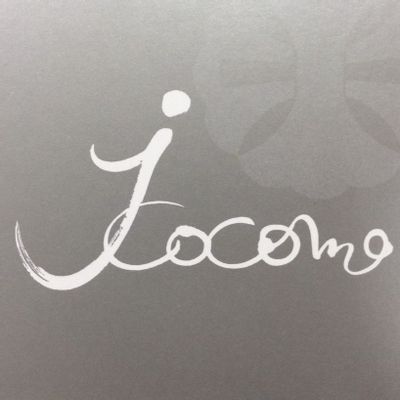Japanese Yamanaka-nuri wine cooler, 7.0 large bowl, ancient red, silver fuchi, SH-143
Shipping
■All items will be shipped together from Orosy's contracted warehouse in Tokyo. Shipping costs are confirmed after all items arrive and are packed. You'll be billed separately for the product cost and international shipping. For details, click here.
■The average arrival period is around 4 weeks. Please note that in case of shipping delays, supplier related as well as any other issues.
Please contact support for details regarding your shipping status.
■ All food and beverage shipments to the United States require the purchaser's FDA registration number.
Buyers who do not have an FDA registration number or cannot share it with us will not be able to place an order.
■ Shipping may not be possible depending on the country. Please check your country's regulations before ordering. Orders from areas that cannot be shipped will be canceled.
Couldn't load pickup availability
This Yamanaka lacquered wine cooler is molded from a sturdy resin material.
It can be used in various ways other than as a wine cooler.
It can also be used as a bowl for fruits, a salad bowl, a flower vase, a serving bowl for chirashizushi, a cooler for chilled sake, a beer can cooler, a bowl for somen noodles, and many other uses.
It can also be used as a cooler for cold sake, beer cans, somen noodle bowls, and for serving a variety of dishes.
Phenolic resin, urethane coating, in a decorative box (made in Japan)
Size Φ21.0 x 15.0
Yamanaka lacquerware dates back to the Azuchi-Momoyama period (1573-1592 AD), when a group of woodcutters from the Echizen province migrated from the mountains to the village of Masago, about 20 km upstream from Yamanaka Onsen in Kaga City, with a permit to cut down forests in various countries. Later, they produced lacquerware as souvenirs for Yamanaka Onsen spa tourists, and from the middle of the Edo period (1603-1868), lacquer and maki-e techniques were introduced from Aizu, Kyoto, and Kanazawa, and the area developed as a production center for lacquered tea ceremony utensils and other lacquered products. The production process of lacquerware includes the processes of wood, lacquering, and maki-e, and the lacquering process is further divided into base coat and top coat. There are three lacquerware production areas in Ishikawa Prefecture, each of which has its own characteristics and is called "Yamanaka for wood," "Wajima for lacquering," and "Kanazawa for maki-e. Lacquerware wood is produced by three different types of craftsmen: wheel-thrown round wood for bowls and other round objects, wheel-thrown box craftsmen for making boxed objects, and wheel-thrown curved wood for bending and processing plates. Yamanaka's unique woodworking techniques, including vertical cutting, are unrivaled in other areas of Japan. In addition to traditional lacquerware, Yamanaka was one of the first to produce synthetic (modern) lacquerware with a urethane coating on a plastic (synthetic resin) base in the 1960s, which led to a dramatic increase in production value. The reason for the region's development as a traditional craft center with an enterprising spirit and willingness to introduce technology from different industries and fields is due in part to the influx of information from the hot spring resort, which has long been a hot spring resort, and from the hot spring guests from all over Japan, including Matsuo Basho, the famous Japanese haiku poet and poet. Taking advantage of these dynamic characteristics of the region, various attempts have been made recently to break out of the industry's stagnant situation, such as entering the school lunch tableware market with PET resin, developing overseas sales channels mainly in France, which has a deep understanding of Japanese traditional crafts, and introducing biomass resin.

















